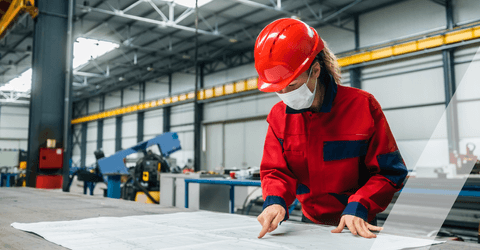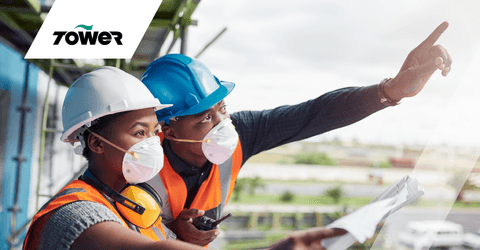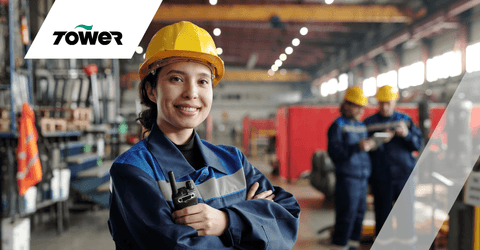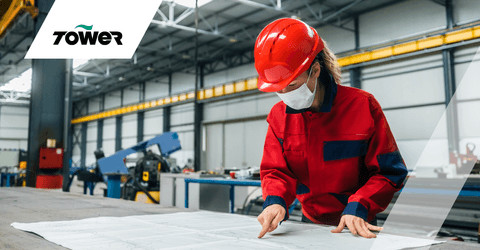
We always get asked about women’s PPE and workwear and what options there are available. In this guide, we highlight the key difference in men’s and women’s PPE, the meaning of ‘female fit’, and why diversity is so important.
PPE is an essential element for workplace safety. But it’s also a key part of looking after an employee’s well-being too. Being comfortable in workwear helps people feel like they belong and keeps them performing at their best.
PPE is designed for safety. But if the PPE given to women doesn’t fit their body frames it can impact or hinder their work. We find that instead of a female fit, they are given a smaller “unisex” fit, which is often initially designed for men.
It’s no surprise then that a lot of PPE is designed to fit male shapes and sizes, despite the clear differences between men and women. This is about much more than looks, it’s about the connection between fitting well and being safe.

An outdated approach to female fit PPE can lead to problems and pose a risk. As an example, women’s feet tend to be narrower than men’s, not just smaller. A smaller unisex size won’t fit securely enough and could cause trip hazards.
The bottom line is that when women’s PPE doesn’t fit correctly it is uncomfortable, unsafe, and can cause health problems. They may even decide to stop wearing it, which puts everyone involved at even more risk.
The most significant difference between men’s and women’s PPE is the chest size and shape. There are also many subtle differences such as waist ratio, the size and shape of male and female faces, and the required length of sleeves.
When people feel uncomfortable or embarrassed in workwear, it can affect both their performance and feelings towards their employer. As more female-fit PPE becomes available, there’s less excuse to not provide the right PPE.

There’s a range of situations where PPE may need to be adapted to meet diverse needs. This can include suitable maternity clothing or clothing options that help employers meet their employees’ religious requirements.
Pregnancy changes the shape of a woman’s body and it’s no surprise that very few male garments are designed to comfortably fit over a baby bump. The right maternity PPE should always conform to ISO 20471.
ISO 20471 covers requirements for fabric colour, reflectivity, and placement of the tape. Other key features under this standard for garments is an elasticated over-bump band and a waist adjustment for cargo-style trousers.
It can be difficult to find appropriate PPE or protective workwear to be worn with a hijab or burka, making it a challenge to adhere to religious values whilst complying with health & safety requirements. But it is important for employers to provide PPE that is religiously inclusive whilst also keeping them safe.

There’s no doubt that women want to feel comfortable, safe, and happy in what they’re wearing. But the main thing women are looking for is clothing to be tailored for their own gender. Not just a resized unisex design for men.
These designs should be appropriate for the female body and cater for weight fluctuations. A common request for women’s workwear is more pockets, as they require the same practical adaptations included in workwear as men.
Watch our interview with PPE designer Paula Cannon, to learn more about what women want from PPE workwear and the problems they face every day.
Providing the correct workwear and PPE for women isn’t an optional extra. Proper protective equipment and clothing for women is a step towards gender equality and helps encourage and grow female talent in a range of industries.
For further information fill out the form below or call us on 01202 718000.